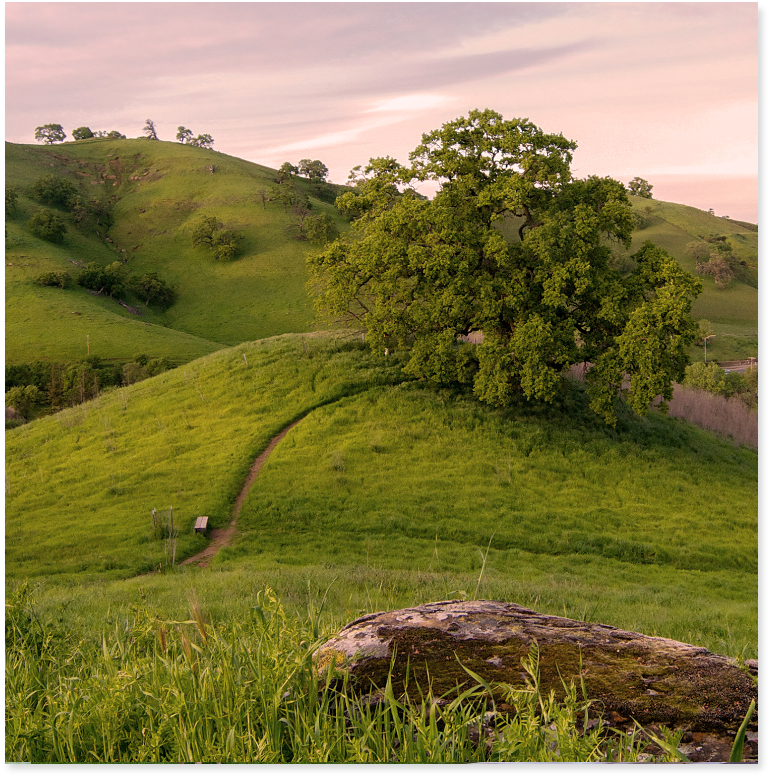About

Creating sustainable communities that add economic, environmental and social value to people’s lives.
Founded in 1984 in Seattle, Triad Development has grown into a diversified real estate development company with properties throughout the country, and offices in Washington and Northern California. Led by the Company’s co-founder, Frederick W. Grimm, Triad is currently pushing forward with the development of communities featuring nearly 1,500 homes and one million square feet of commercial space, all in various stages of planning, design, permitting and construction.
From its beginning almost 4 decades ago, Triad has displayed an entrepreneurial passion that led it to pursue opportunity with an open mind, free from the cookie-cutter mentality often plaguing other large developers. With collaboration and innovation embedded in the company culture, Triad has exhibited a visionary spirit that continues to be its driving force. Execution of that vision is ensured by Triad’s company work ethic, core competency of its employees and valued consultants, and time-tested problem-solving skills, all contributing to vibrant communities, environmental conservation, and stakeholder prosperity.
A few examples of Triad’s projects honoring its principles include:
- A 1,200-home mixed-use community in the San Francisco Bay Area with an Arnold Palmer championship golf course and a swim and tennis facility, that also preserves 700 acres of open space with extensive protections for listed/endangered species.
- A three-building condominium neighborhood developed on a former tar pit that the Washington State Department of Ecology lauded as the most rapid private clean up in state history, which resulted in a win for everyone by creating a vital pedestrian link connecting a vibrant neighborhood to a lakefront park.
- An award-winning 350-unit residential community built on an old tank farm. With its stunning Puget Sound vista points and widespread community access, it has become a source of pride for the community instead of the alternative use, for which the site had been targeted: a regional sewage treatment facility.
- Numerous historic buildings renovated following decades of abandonment, neglect or functional impairment into successfully functioning spaces, all benefitting from a connection to the past with an eye to the future, befitting listings on the National Historic Register.
- Live/work/play communities that follow green building standards, using solar energy, stormwater management, grey water recycling and numerous sustainable features, providing balance with nature whether it’s through a mule deer habitat preservation program, riparian corridors or red-legged frog protection and ecosystem enhancement.
- A blighted former munitions factory converted into a day spa, restaurants, wellness center and climbing gym, creating an engaging street scene and helping to connect the gap with a community bike trail.

